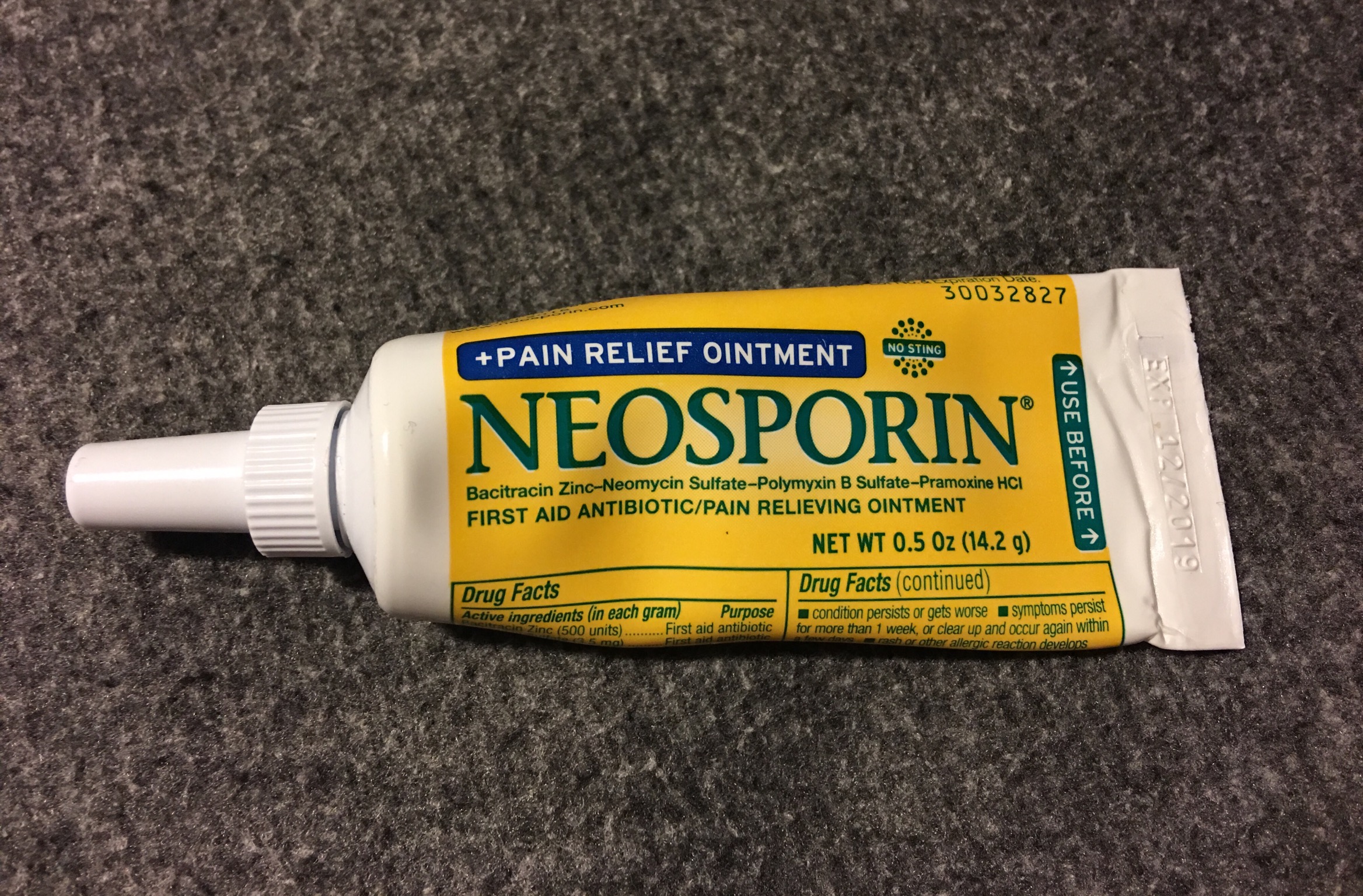| drug | Bacitracin Topical |
| name | Bacitracin Topical |
| classification | Antibiotic (topical) |
| pharmacokinetics | Bacitracin is a polypeptide antibiotic. It works locally at the site of application and is not systemically absorbed to a significant degree. The primary mechanism of action is to inhibit bacterial cell wall synthesis. The drug is not widely distributed in tissues. Elimination occurs through local metabolism and clearance. |
| suggested dosage | Apply a thin film to the affected area, as needed, up to 4 times daily. Follow the instructions on the product label or as directed by a healthcare professional. |
| indications | Treatment of superficial skin infections, such as minor cuts, abrasions, burns, and skin ulcers. Also used to prevent infection after minor surgical procedures. |
| safety in pregnancy | Generally considered safe for use during pregnancy, but it is essential to discuss with the healthcare provider if used during pregnancy or while breastfeeding. There are limited clinical data. |
| safety in breastfeeding | Generally considered safe for use during breastfeeding, but it is essential to discuss with the healthcare provider if used during pregnancy or while breastfeeding. There are limited clinical data. |
| side effects | Common side effects include localized skin reactions such as redness, itching, or irritation. Rarely, allergic reactions can occur, including hives or swelling. Very rarely, contact dermatitis is possible. |
| alternatives | | 1 | | alternative | Mupirocin | | class | Antibiotic (topical) | | comment | Similar indications and general mechanism, but has a slightly different spectrum of activity. |
| | 2 | | | 3 | | | 4 | | alternative | Fusidic acid topical | | class | Antibiotic (topical) | | comment | Another topical antibiotic option with specific antibacterial activity that might be considered in specific cases, depending on the infecting organism. |
|
|
| contraindications | Hypersensitivity to bacitracin or any of the ingredients in the formulation. Concurrent use with other topical medications containing ingredients that may cause a reaction needs to be discussed with a healthcare professional. |
| interactions | No significant drug interactions are expected with topical use. However, concomitant use with other topical medications must be evaluated by a healthcare professional. |
| warnings and precautions | | 1 | Discontinue use if signs of irritation or infection worsen. | | 2 | Do not use on deep or puncture wounds, unless advised by your healthcare provider. | | 3 | Avoid getting the medication in the eyes, nose, or mouth. If accidental contact occurs, flush with water. |
|
| additional informations | Apply to clean, dry skin only. Do not use on large or open wounds, without consulting a healthcare professional. If symptoms persist or worsen, see a doctor. |
| patient data | | age | 25 | | weight | 70 kg | | gender | Male |
|
